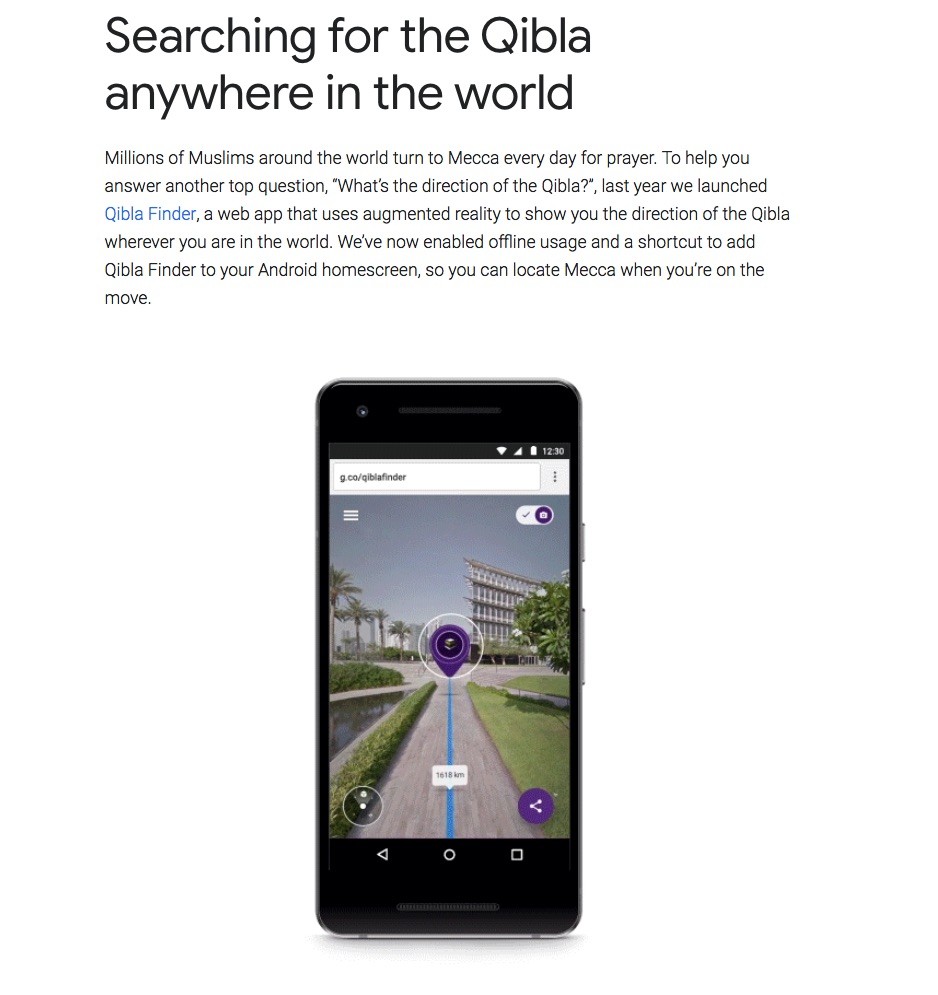Cannes Lions
Google Pixel: Picture Progress
GOOGLE, Mountain View / GOOGLE / 2022
Awards:

Overview
Entries
Credits
OVERVIEW
Background
Instead of launching the Pixel 6 phone with a campaign rattling off a laundry list of features, Google partnered with The New York Times to tackle image equity. This put the Pixel 6’s Real Tone technology, which accurately depicts a wide range of skin tones, at the center of an effort that told a story of activism. Focusing on technological and media bias in the representation of people of color, we put "the world's most inclusive camera" in the hands of influencers and journalists in a truly multi-media campaign that highlights activists and creators past, present and future.
Idea
To illustrate Google’s commitment to image equity and camera innovation in the new Google Pixel 6 phone, Google wanted a campaign that would open a dialogue around creating a more equitable and visually representative future in which technology improves our lives. The creative idea of Picture Progress centers around sparking dialogue around the role of image equity in today’s society. Whether spotlighting civil rights activists whose stories help us understand historical gaps in technology and media or working with photographers who can cement the idea of technology enabling change and moving culture forward, our creative idea focuses on depicting the space where race, technology, media, and representation meet via the Pixel 6.
Strategy
Google needed collaborators with the history, credibility, and creativity to carry out the idea at scale, which led us to New York Times Advertising. Picture Progress’ target audience consists of The Times’ millions of subscribers with a specific focus on readers considering purchasing a new phone. After teaming up with producers, the content studio of New York Times Advertising, we had to identify the faces of the campaign. To serve as the bridge from past to present, we turned to HIV/AIDS activist Phill Wilson, labor activist Dolores Huerta, and civil rights activist Ruby Bridges. To show the path from present to future, we asked three BIPOC photographers to document their communities. In addition, New York Times photojournalists also independently used Pixel 6 phones in the creation of three pieces of visual journalism.
Execution
Working with T Brand, we built out a series of content pieces that would live across the entire New York Times ecosystem. At the heart were a series of videos featuring BIPOC photographers Kennedi Carter, Mengwen Cao, and Ricardo Nagaoka along with photo essays of activists Phill Wilson, Dolores Huerta, and Ruby Bridges.
These were released from October-December of 2021, in print, digital and audio. On the print side, this consisted of 11 full-page ads, 7 T Magazine photo spreads and 3 articles produced with a Pixel 6. Digital consisted of 3 homepage takeovers, 3 on web/in-app slide show mini-stories, 3 short films, 3 custom audio spots with high-impact digital traffic drivers, and paid social across the entire flight.
Outcome
Following the campaign, the Pixel 6 exceeded sales targets and beat market-share goal at 2X year over year. It garnered strong momentum on brand metrics vs. pre-launch (+3pts on Unaided Awareness; +2pts on Unaided Consideration). It also saw the highest quarterly gain for Pixel loyalty of +12pts year over year (vs Q4 2020), and achieved outsized media share of media at 3X year over year (vs Q4 2020).
Similar Campaigns
12 items






